I was originally planning to move forward and talking about public transit in this current installment of the Traffic Soyboys series, but my last piece received more fanfare than I originally anticipated, as well as a few very high quality responses. I can’t list them all, so here’s one from Svelt Pelt, reproduced below.
My mother grew up in a city that was walkable, but her parents decided in the late 60s that it would be a good idea to leave that city…
It’s clearly just because they loved cars and suburbs and great big parking lots… or maybe it was because of rapey blacks and black riots spurred on by nose Americans.
One day for no reason whatsoever (a black man attempting to sexually assault my mother on her way home from school) my grandmother, who had been pushing for a while, finally demanded that they leave the city.
Unsurprisingly, the suburb they moved to in the 60s had become rather less “safe” by the time I was visiting my grandparents in the 90s and all my aunts and uncles had moved to other cities or even further out in the suburbs.
This cost a lot in social life, and of course the poor whites and well off whites are increasingly segregated (and their political power diminished)
But of course these soyboys just want the cheap and easy high of calling Americans fat and lazy.
Y’know, I wonder what other knock on effects there are. I mean a manager at a local shop is less likely to buy produce from a huge conglomerate that employs illegals to pick their lettuce. In fact they’d be much more likely to buy from a guy they know instead of a huge bureaucratic multinational. All of this lefty bullshit about buying local and massive corporations and blah blah blah would be solved by being realistic about race and National Socialism.

I responded.
Woah woah woah. You mean that those areas stopped having good schools? Why was that? Did they build a bunch of low hanging bridges which prevented the Blax from achieving the pinnacle of academic achievement by being denied access to the good schools? What a bunch of monsters.
And so did he.
Strangely enough those “good schools” became “bad schools” and were shut down within 20 years of my grandparents leaving the city.
It’s heartbreaking to see all White class photos of my grandparents before the war and less than 40 years later it’s full of blacks and these lovely building are falling apart.
It seems like a small thing now, but an effect of them leaving the city and less social cohesion my mother married a Protestant and that caused a lot of friction with her family which translated into those cousins acting like assholes and so even less social cohesion.
Y’know I could be talking about any city, Baltimore, St. Louis, Chicago, Philadelphia…. Sadly the same story played out with millions of people in all these cities. It was all their reward for beating Hitler.
I do love the casual dismantling of the “muh good schools,” horseshit from the BritMonkey fag in the first video. Over and over again we have seen the anti-White canard that there are these magically good schools full of White children that Da Blax are denied access to, most humorously through the low hanging bridges argument – no really, look up that piece, he really said that. In reality the schools are good because the students are White, or nowadays a mix of White and Asian. Once they are filled with Blacks they turn to shit.
I got quite a few high quality comments in the same vein as the above, with people detailing their personal experiences, and I don’t want anyone to feel left out by ignoring them. Having said that, much of the gist of their arguments can be summed up with McFag’s comment.

I don’t mean to diminish the experiences of Americans who are so used to dealing with these antifa “muh walkability” types that they instantly pattern match “zoning laws are garbage,” with “I want you to have infinity niggers around and then we’re going to make it illegal to arrest them LOLOLOLOL fuck you.” Personally, I feel that I have enough of a body of work that I don’t need to defend myself against these claims, but I also understand how seductive the narrative is that Americans live in a artificially engineered car centric existence because of the end of segregation. The problem is, I don’t think that’s true.
Pengu, a fellow Canadian who seems to have lots of experience in the Lower Mainland where I grew up, left a very high quality comment on telegram.
The biggest thing these European bike cucks fail to understand is that Canada was built upon immense wealth and the society was organized in a way where that wealth was accessible to the populace.
Instead of a family with 7 kids being crammed into a small 3 bedroom apartment with one room for the boys and one room for the girls, the people wanted to live in their own house that had a kitchen room, dining room, lounge / living room, and another room that served as a study/office. Then the kids would be 1 or 2 to a room instead of looking like a cheap Dutch hostel with only room for bunk beds. Every family essentially got their own castle in the form of a single family home. These homes originally were in the city within walking and [snip] biking distance to whatever you need (see Vancouver and new west) but as populations grew larger and cars became more common place these areas got larger and larger. (The American made suburbs to flee blacks narrative doesn’t translate to Canada or Australia).
Here is a picture of Regina, the capital city of Saskatchewan in the prairies.

I believe this is a fairly old picture.
I remember having a vivid experience with this city when I drove through it in 2011, on my way back from college. I drove all the way from St. Catharines to the Vancouver area, and saw a lot of very ugly things that the traffic soyboys are there to almost describe accurately. Regina stood out in my mind because I stopped there for the night. On one side of the highway was the commercial zone, with skyscrapers starting right there off the highway. Just on the other side was the residential zone.
There was very small depression where the housing started, so I could see into the distance. What I saw was soulless cookie cutter houses as far as the eye can see, with absolutely nothing else in between them. I don’t want to be melodramatic and describe it as nightmarish, but I can’t pretend that I wasn’t some combination of enraged and creeped out by this situation. It was like some faggot was playing SimCity with people’s lives. It belonged in a series with the below images, which, believe it or not, are not computer generated, but actual places.
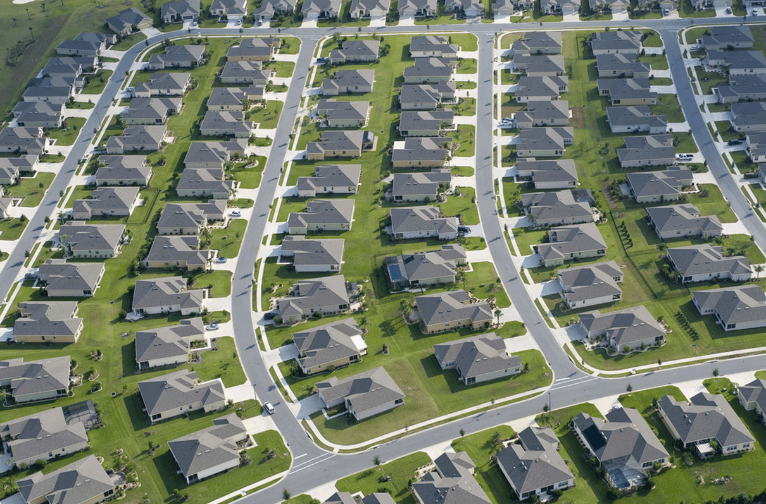
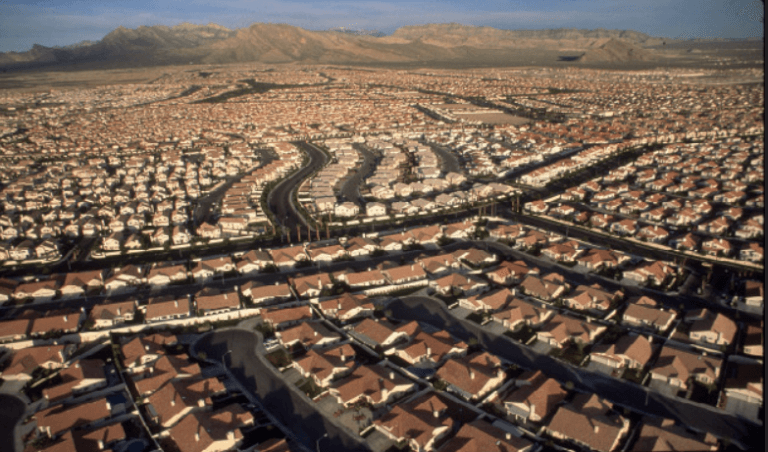
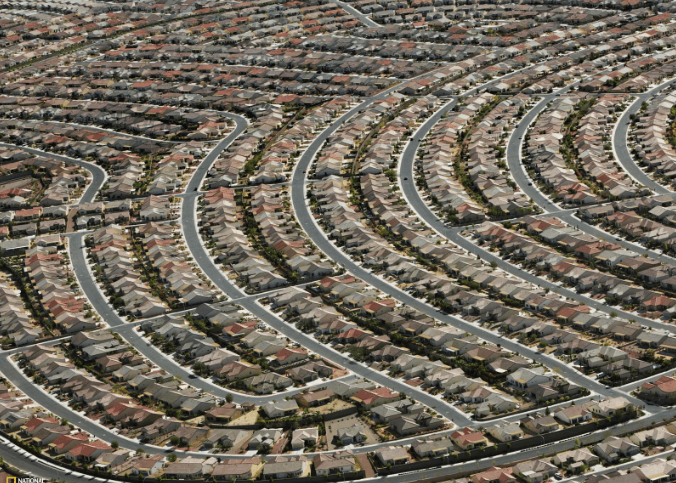
I bring this up for two reasons. First, I have hated zoning laws for over a decade now. I didn’t need these urbanist bugcreatures to tell me that the government not letting people build the essentials of life near where people live was bad. This is a viscerally repulsive and disgusting situation.
NOTE: I’m only 95% sure it was Regina. All I remember is that it was a prairie city and a major one connected to the Trans Canada highway.
Secondly, these couldn’t possibly have been built to escape the Diverse-Americans, because this has been going on in Canada since well before the Black population even approached one percent. Even now, after enormous efforts by Schlomo, the Black population is around 4.5% of Canada.
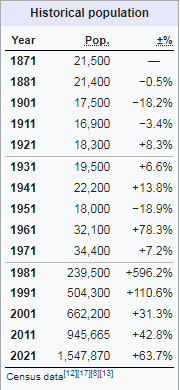
Population of Blacks in Canada, per Wikipedia.
Sure, we’ve got the a slightly different “diversity” problem, as Cooper has detailed so well, but there’s no question that crime is drastically lower in Canada than in the US. ZOG is doing everything they can to change that, but the increase in crime is a relatively recent phenomenon. So why did Canadians “flee” the non-existent crime problems?
Pengu continues.
Also the new modern problem with cheap apartment housing and transit is that most normal people with families don’t want to live around the types of people that can’t afford a car and barely make rent. It’s not because they’re poor, it’s because of the general lifestyle and behaviours that a significant amount of this demographic exhibits. An example is Whaley (which has become more expensive but is still cheaper than the rest of Surrey). Whaley, downtown Langley, Haney, are all set planned pretty good for pedestrians and walkability. But If you’re interested in starting a family or if you’re a woman who wants to [be] safe walking around at night, you will opt not to live there and instead choose an area where having a vehicle is a financial barrier to these people. There are other areas which are planned well and very walkable/bikable like most of Burnaby along Kingsway, Brentwood (lougheed and willingdon), downtown New West, Lonsdale, and much of Vancouver. But people are often selective of these areas for reasons pertaining to financial costs, demographics, and commute time. Unless you work in an office you’re not heading downtown to work, most people are going to a construction site, an industrial area, or a retail store, a school/hospital.
Again, Pengu makes the reasonable comment that there are reasons why people choose to live in these areas, namely that it keeps out the people who are too poor to own a car, which is a decent proxy for the people you don’t want to be living around. But in truth, as he himself mentions, much of the more walkable areas in the Lower Mainland have higher price tags, not lower, often drastically so. This makes sense intuitively, since having things within walking distance ought to make a property more valuable.
Price discrimination is a crude method of weeding out the lowlifes. But living in a neighbourhood that has been artificially engineered to force people to drive everywhere is a very crude method of price discrimination. And finally, none of this makes sense for Canada anyway, which had the same top down re-engineering of society.
It’s a good article, sorry for wall text. It’s a multifaceted issue and these people don’t look at the whole picture because they want to feel justified in their political beliefs rather than address actual issues.
It certainly is a complicated issue, and one of the most delegitimizing things about the traffic soyboys is that they refuse, outright refuse to acknowledge the importance of violent Crime-Americans ruining their “walkability,” public transit, and all the rest. I don’t want to do that, but the more I look into it, the less convinced I am that zoning laws that make it impossible to walk anywhere are a natural reaction to the Colour of Crime.
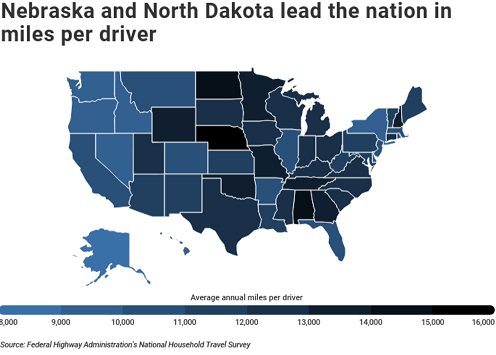
I found the above graphic from this site. It also lists the top ten most car-dependent metros, measured by a variety of metrics, and the top ten least car-dependent metros. At the top of the car-dependence list we have Memphis, Nashville, Oklahoma City, St. Louis, and Richmond, Virginia. That’s a pretty mixed bag in terms of demographics.
The top ten least car dependent cities starts off with the Seattle-Tacoma-Bellevue district, which is relatively White. I was also there just recently, and captured this short video of a pedestrian only street.
It is then followed up with New York-Newark-Jersey City, which is…
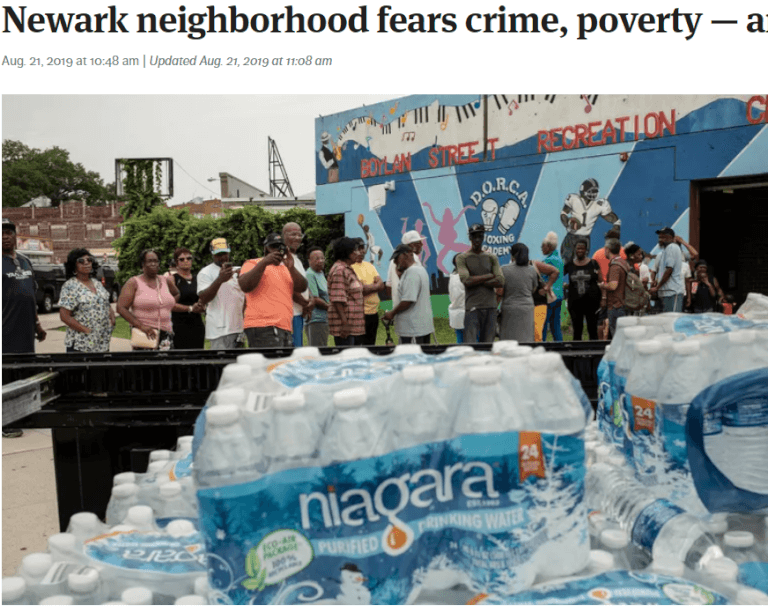
Not so nice.

Ah yes, Newark.
It doesn’t look like walkability and melanation are strongly correlated. Of course, the study looks at people driving to work, whereas these future doctors and engineers may well be too poor to have a car and probably don’t work anyway. But it’s uncontroversial that New York City has excellent public transportation and plenty walkable areas like Central Park where you can go get stabbed in. Up until recently the Crime-Americans were largely kept in check by the militarize NYPD being something like the sixth largest infantry force in the world. But then I guess enough of the (((financial elites))) moved to Florida, so they can let NYC be ruined.
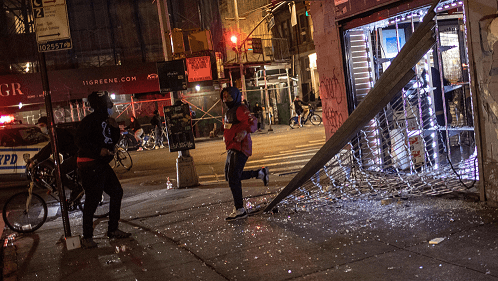
These people can, to some extent, be kept in check by serious policing. That’s far more direct and effective than single family zoning, which plenty of Blacks live in anyway. So why push for zoning laws instead of more policing? When did White People make the push for this, because my hunch is that this never happened.

Furthermore, ZOG is the most anti-White force on the planet. If zoning laws were effective segregation by proxy, why have I never heard this argument put forth by antifa types? Why is the government not pushing for an end to zoning because of muh poor Blax Of Colour? Remember, “diversity” is about hunting down the last White Person, so it seems mighty convenient that this one loophole was found. And why would Canada and Australia have the same zoning laws.
Who is behind these laws?
(Starting at 1:40): In 1916, sort of the most famous early zoning code, is the New York Zoning Resolution in NYC. So this was put in place by some of the sort of fathers of zoning. People like Alfred Bettman and Edward Basset.

Edward Basset appears to have been a goy. His Wikipedia entry shows him to have done some work on the subway system, building height restriction laws, and other efforts of that nature with the New York Public Service Commision. He was previously a congressman who was involved in projects as far flung as the Panama Canal, and is notable for opposing tariffs. He seems a well ensconced member of the Democracy Class, but nothing too out of the ordinary.
Alfred Bettman was born on August 26, 1873, in Cincinnati, Ohio, United States, the first of four sons of Louis and Rebecca (Bloom) Bettman. His youngest brother, Gilbert, became attorney general of Ohio and a justice of the Ohio supreme court. Both parents were Jewish: the father, a clothing manufacturer, had emigrated from Germany; the mother, daughter of an emigrant from Alsace, was born in Cincinnati.

During World War I he was appointed special assistant to the Attorney General of the United States, working in the War Emergency Division of the Justice Department. Though responsible in this position for the drafting of many wartime restraints, notably those dealing with aliens, he was deeply concerned with the protection of personal liberties and was outspoken in his denunciation of the “Red Raids” of A. Mitchell Palmer.
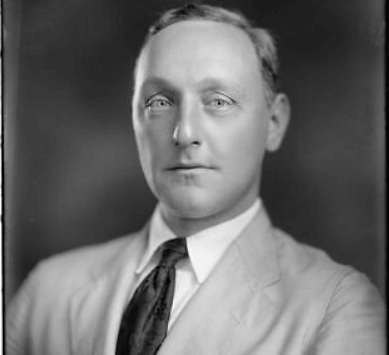
Alfred Bettman
I’m sure Bettman was extremely concerned about the abstract concept of personal freedom and would definitely extend this to the natzee Goyim who were denied the right to defense at the Nuremberg Trials, or modern day White Advocates who are given 419 years for car accidents.
Bettman was also concerned with improving the efficiency of criminal prosecution agencies, in order to benefit both the accused and society.

Seems like an early BLM/Antifa style “criminal justice reformer,” type to me. Goyim we just need to tweak a few things here and there in order to let all these violent negroes back into your neighbourhoods. It’s for your benefit and theirs.
From his success as a lawyer Bettman moved to greater prominence in another field, city planning.
This doesn’t make sense in the slightest. Let me rewrite that for you.
Being a politically connected Schlomo, Bettman moved to greater prominence in another field, city planning, that he had literally zero expertise in. He wasn’t an architect. He wasn’t a city bureaucrat. He was just a Jew.
Better.
Bettman had first become interested in planning while serving as city solicitor, and in 1917 he joined the United City Planning Committee. That year the committee successfully lobbied for an enabling act, drafted by Bettman, which allowed cities in Ohio to create planning boards. Bettman was chiefly responsible for another Ohio statute which in 1923 gave cities with master plans the right to regulate subdivisions within three miles of their boundaries. Appointed to the advisory committee on housing and zoning of the United States Department of Commerce, Bettman, along with Edward M. Bassett, the younger Frederick Law Olmsted, and others, helped prepare its influential Standard State Zoning Enabling Act of 1924, which encouraged the establishment of zoning commissions, and its Standard City Enabling Act of 1927, which suggested that the powers of zoning be transferred to city planning commissions and emphasized the need for a closer relationship between long-range planning and zoning.
Of more importance, however, was Bettman’s role in upholding the constitutionality of zoning. When a federal district court declared a zoning ordinance unconstitutional, in the case of Village of Euclid v. Ambler Realty Company, Bettman volunteered to prepare a brief as amicus curiae when the case went before the Supreme Court in 1926. His argument that a zoning ordinance which barred the conversion of residential property to commercial and industrial use was an extension of the common law doctrine of public nuisance, rather than an exercise of the power of eminent domain, helped persuade the Court to declare zoning a legitimate expression of the police power, a decision that paved the way for the widespread adoption of land-use regulation. Though the resulting zoning ordinances served mainly to enhance property values and protect the homogeneity of respectable suburbs, Bettman always stressed that zoning should be used as a constructive instrument in the implementation of a comprehensive plan.
Bettman participated in almost every phase of planning and at all levels of government; he became chairman of the Cincinnati Planning Commission in 1930 and of the Ohio Valley Regional Planning Commission in 1936, served on the board of directors of the American City Planning Institute, and was president of the National Conference on City Planning (1932) and first president of the American Society of Planning Officials (1934). He also served in 1937 as the United States representative on the executive committee of the International Congress for Housing and Town Planning, and he spent many of his summers at the Town and Country Planning summer school in England. Bettman envisioned official planning agencies as largely research and advisory organizations, detached from the administrative and legislative spheres of government. Their major task was the preparation of an advisory master plan, which would coordinate and adjust the various interests of the community.
Bettman was a member of the City Planning Committee of President Hoover’s Conference on Home Building and Home Ownership (1931), legal consultant to the TVA, regional chairman of the National Resources Planning Board, and, for many years, counsel to the National Capital Park and Planning Commission, Washington, D. C. In 1945, while returning to Cincinnati by train from Washington, D. C. , he died of heart failure at Altoona, Pennsylvania. He was buried in the United Jewish Cemetery, Cincinnati, Ohio, United States.

But hey, that’s just one guy, right? And the other guy was a Goy, albeit a Log Cabin Republican if ever there was one. But surely that’s it, and there’s no more? Well not so fast there bucko. Let me introduce you to (((Robert Moses))).

The antifa urbanite traffic soyboys really hate this guy, and as you might have imagined, it’s for all the wrong reasons. Here’s one of many examples.

You see Robert Moses was a big meanie (Jew) HuWhyte Supreemacist who bulldozed over Communities of Colour in order to build the modern road system in New Yawk. And that’s why we need to go and ban cars from everywhere. To do otherwise would be to be enact (Jew) HuWhyte Supreemacy.
If this is starting to seem like another Finklefight to you, let me pat you on the back. One one hand we have the eternal Robert Moses, who is almost a caricature of the hyper-capitalist Schlomo who has never met a community of White Goyim he wouldn’t happily blow up, then pave over for some national retailer. On the other we have antifas whining that he was a secret natzee because some of the houses he bulldozed over to build interstate freeways belonged to the colour of crime.

“Imagine these stupid Goyim missing the point this badly.”
Instead, the urbanite bugcreatures point to Jane Jacobs as their inspiration. She was Robert Moses’ biggest opposition in the state of New York, whining about him destroying the slums and what not.
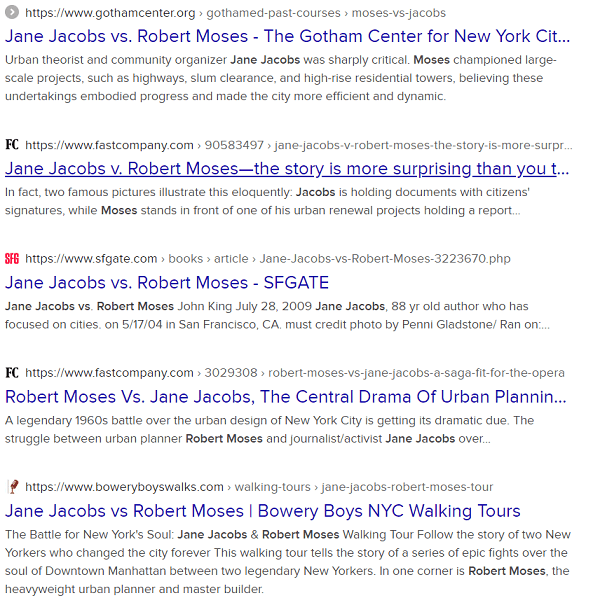
See, Jane Jacobs just stood for the people against the evil capitalist car lover Robert Moses. Just in case you think this is some Goy vs Jew proxy fight, here’s what Jane Jacobs looks like.
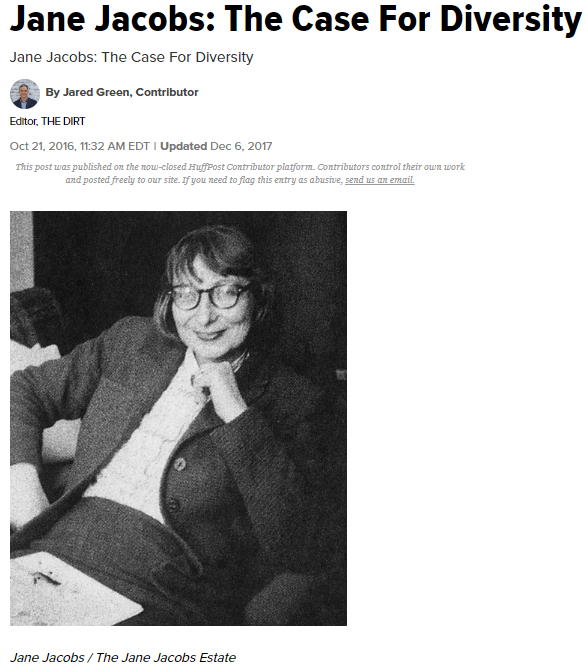
Her speech in 1984 on the need to enhance diversity through specific policies that support multiculturalism, which in turn supports innovation, is just as important today. Analyzing her adopted city — Toronto, Ontario, which she moved to in the early 70s — she says: “The Canadian ideal is expressed metaphorically as the mosaic, the idea being that each piece of the mosaic helps compose the overall picture, but each piece nevertheless has an identity of its own. As a city, Toronto, has worked hard and ingeniously to give substance to this concept.”
In the last years of her life, she became increasingly concerned about the future of urban development, about whether diversity, enabled by the many, many “vital small plans,” would win out or be trampled by the forces of gentrification, homogenization, and governmental centralization. In the Vincent Scully Prize lecture at the National Building Museum in 2000, she identified future threats to that diversity. For example, she saw that immigrant communities could no longer afford to take root in downtowns, thereby enriching cities from within, but often landed farther out in sprawled-out suburbs that limit their positive cultural and economic impacts.

In case you’re wondering if The Daily Rake is so sloppy as to name someone a Kikess just because they look like one and are groundbreaking pushers for MoAR DiVerSitY and immigrants to CulUTurAlY EnRiCH you…
Jane Jacobs was born Jane Butzner on May 4, 1916. Her mother, Bess Robison Butzner, was a teacher and nurse. Her father, John Decker Butzner, was a physician. They were a Jewish family in the predominantly Roman Catholic city of Scranton, Pennsylvania.
As is often the case, the two sides of this kosher sandwich occasionally make good points against each other.
While Jacobs saw her greatest legacy to be her contributions to economic theory, it is in the realm of urban planning that she has had her most extensive effect. Her observations about the ways in which cities function revolutionized the urban planning profession and discredited many accepted planning models that had dominated mid-century planning.[82] The influential Harvard Economist Edward Glaeser, known for his work on urban studies, acknowledged [83] that Jane Jacobs (1960s) had been prescient in attacking Moses for “replacing well-functioning neighborhoods with Le Corbusier-inspired towers”. Glaeser agreed that these housing projects proved to be Moses’ greatest failures, “Moses spent millions and evicted tens of thousands to create buildings that became centers of crime, poverty, and despair.”[83]
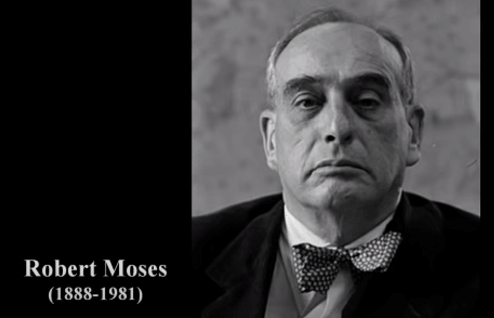
Robert Moses was a dictator in the real sense. The soys aren’t wrong to call him the unelected ruler of New York, although that was power shared with (((others))). On the other side of this kosher sandwich, (((Jane Jacobs))) was, to the surprise of no one, a total hypocrite.
In places such as the West Village, the factors that she argued would maintain economic and cultural diversity have led instead to gentrification and some of the most expensive real estate in the world. Her family’s conversion of an old candy shop into a home is an example of the gentrifying trend that would continue under the influence of Jacobs’s ideas.[82][110]
She also whined about housing projects, and had some gay shit about mixed-income blah blah when everyone knows that she just didn’t want any Basketball-Americans around her. Around you, yes. Around her, not so much.
The Death and Life of Great American Cities is her single-most influential book and, possibly, the most influential book on urban planning and cities. The book is a strong critique of the urban renewal policies of the 1950s, which, she claimed, destroyed communities and created isolated, unnatural urban spaces. In the book, she celebrates the diversity and complexity of old mixed-use neighborhoods while lamenting the monotony and sterility of modern planning.[115] Jacobs advocated the abolition of zoning laws and restoration of free markets in land, which would result in dense, mixed-use neighborhoods and she frequently cited New York City’s Greenwich Village as an example of a vibrant urban community.
However, she’s your only approved choice if you want to get rid of the modern invention that is the zoning law, the thing that these Nose-Americans brought in to give themselves the power to mass engineer your society from the top down.
As an aside, Robert Moses actually got rid of zoning laws temporarily, but only so that he could be the primo dictator and just build whatever he wanted, no matter what everyone else thought.
One of Moses’s first steps after Impellitteri took office was halting the creation of a citywide Comprehensive Zoning Plan underway since 1938 that would have curtailed his nearly unlimited power to build within the city and removed the Zoning Commissioner from power in the process. Moses was also empowered as the sole authority to negotiate in Washington for New York City projects.
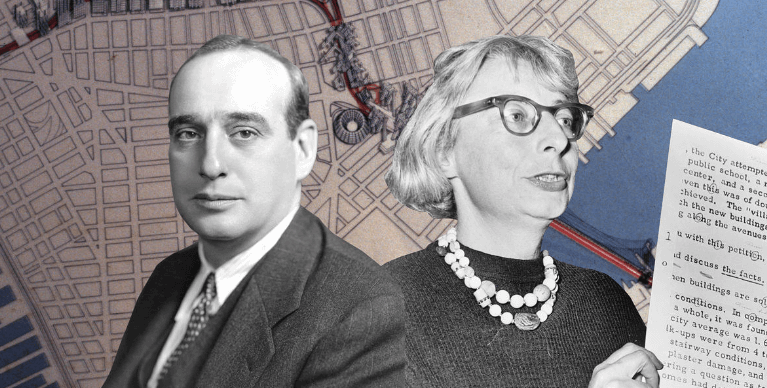
One one hand we have the (((Capitalist))) who has never seen a happy White community he wouldn’t prefer paved over and replaced with a Walmart, and who doesn’t even pretend to care what the little people think. However, in exchange for turning your once thriving community into a soulless, cookie cutter unwalkable hellscape he’ll build the bridges low so that blacks can’t bus into your new neighbourhood and he won’t defund the police, maybe.
On the other, we have the (((antifa))) who thinks the better way to destroy White People’s communities is not to physically destroy them but rather to flood them with infinity migrants instead. Oh and we need to resist gentrification, because we can’t be having too many White People in these cities now can we. But also, no housing projects around me pls, that’s only for the Goys.
If there’s one word that describes what a creative city is, and an uncreative city or other city is not, that word is diversity. Cultural diversity, uh it includes ethnic diversity. It includes diversity of incomes and scales. Every kind of diversity you can think of.

And the more [diversity] there is in a city the more promising it is. Cause these can all serve as basis for new ways of doing things and new ways of working together.

Let’s do a little recap here. Around the turn of the 20th century zoning laws didn’t exist. I’m sure there were some very reasonable anti-pollution laws – not the global warming kind, real pollution – but governments did not have the ability to forcibly prevent people from building whatever they felt like on their own land. The people most influential in getting this legally ratified were literal Communist Jews.
Since then, zoning laws have been applied in such a way that, through pure coincidence, forces people to live in sterile unnatural places like below where they need to go on long congestion filled drives to do absolutely anything. This works to put money in the pockets of giant chain corporations as well as automobile manufacturers, although probably to a lesser extent.
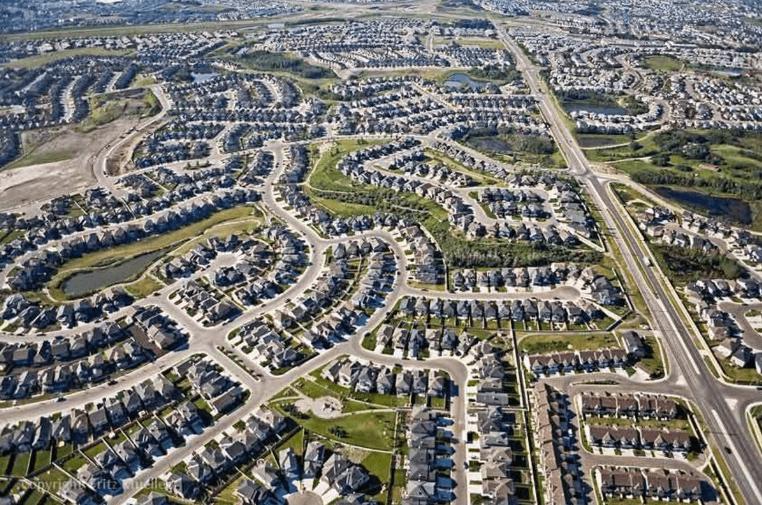
But as a side effect, it destroys much of the local sense of community. You are far less likely to see people in your local area when out and about, since much of the community infrastructure is now shared with a far larger area, and far larger populace. There will be nothing for you do to where you live, giving you fewer ties to your neighbourhood, and less social cohesion. This is difficult to quantify, but undoubtedly true. Furthermore, your day to day existence will not be personalized to you or your neighbourhood. Instead, you’ll shop at some ugly Walmart equivalent, giving you even less of a reason to give a shit about your neighbourhood in particular.
This can be thought of as what (((Robert Moses))) offers you. A sterile, atomized existence where you spend cumulative years of your life waiting in traffic just to go places you should be able to walk to, where your historic neighbourhood got paved over for an interstate, and you don’t bother even knowing who your neighbours are in your new one because why bother? It’s not like there’s anything to do with them except hang out in your houses, and if you’ve graduated grade school that’s a bit weird.
In case you want something more, (((Jane Jacobs))) is here to “save” you. She’s offering to let you keep your neighbourhoods as they are, just with infinity Somalis shoved in there. She needs to, Goy. That’s what causes innovation ya know. It’s definitely not brilliant White Men working together in specific institutions trying to advance our civilization forward, it’s Somalis stabbing you when you walk outside. Oh and we’ll make sure to bus in the melanine to your children’s schools because there’s some magic water that has made them good schools that will definitely continue once they’re full of Basketball-Americans. This is all in your interest, Goy.

Jane Jacobs, imaging you being “enriched.”
To put it even more bluntly, the current choice is between this.

And this.

But then again, the current political choice is between this.


And this.


And just like with all other aspects of the Kosher Sandwich, destroying your community and quality of life through zoning laws that benefit politically connected corporations, as well as shoving infinity Third Worlders into your neighbourhood are not actually mutally seperate goals. The same is true for wars for Israel, libertarianism but only for trillion dollar multinationals, refusing to punish (((opiate))) dealers, soft on crime of colour, mass migration, anti-White racial discrimination everywhere, and every other supposedly right or left wing agenda that exists. If you think they’ll let some zoning laws prevent them from mudifying your nice White neighbourhood then I think you’re being fairly naive.
In fairness, I would never say that in this society zoning laws as they exist couldn’t possibly be used for good. I can believe there have been some of proxy battles where (((urban planners))) were trying to shove low income housing in an all-White neighbourhood and zoning laws might be a good way to defend against that. If anyone of our guys is using these laws on our behalf, that’s great. But what really works is collective action, which is a lot less likely when you don’t even know your neighbours because you live in an artificially engineered surburbia, especially if it’s already filled with (((Jane Jacobs))) approved “diversity.”

The longer I look at this, the more I think there was massive societal engineering done by the usual suspects not just to put money in the pockets of big chain businesses and automobile manufacturers, but to destroy White People’s communities by starving them of the essentials of an actual community. But it’s still important not to be ideologically against zoning laws per se. I think it might be true that things banning certain density buildings, or height restrictions, or what have you, would still be good here and there in an idyllic all White nation. It’s the banning of basic things like grocery stores from people’s neighbourhoods that is so indefensible.


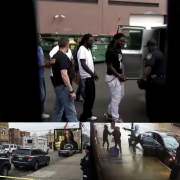








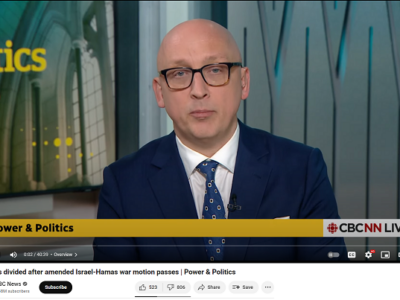



Another interesting entry in an unexpected series – thanks.
“The Slaughter of Cities” (E Michael Jones) has a whole chapter on Moses and the rise of suburban “car culture” . Jones interprets it as the result of a plan to break up ethnic Catholic communities (Poles, Italians, etc.) by dispersing them into suburbs where they would become generic Americans. Once thus “Americanized” , they lost most of their power to organize as a community and oppose anything the gov’t would like to do to them.
Excellent comment. I suspected this, but didn’t have any smoking gun. Good for E. Michael Jones, flawed though he might be, for covering this.
Although I’ll point out that his narrative, that of “Americanized,” White People being unable to fight back, is ridiculous. More likely it was simply the destruction of societal bonds that prevented people from fighting back, and I’m sure Moses was very interested in bussing in the Crime-Americans.
[…] PSA: Debunking the Traffic Soyboys Part 3 – The Great Zoning Laws Finklefight […]
Good work, team!
This is more proof that all ten planks of “The Communist Manifesto” have been grafted onto “Rootstock America,” and that it goes way, way back.
Those seeking extra work may open their copies of Marx and seek to identify which plank corresponds to zoning — or if it is a composite of several planks, let us know which ones.